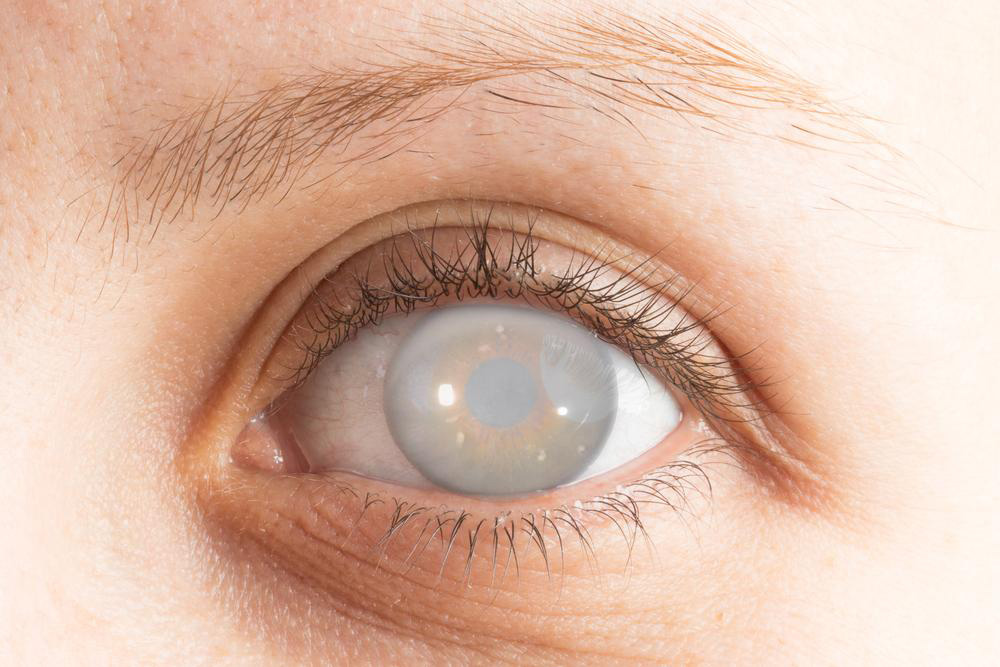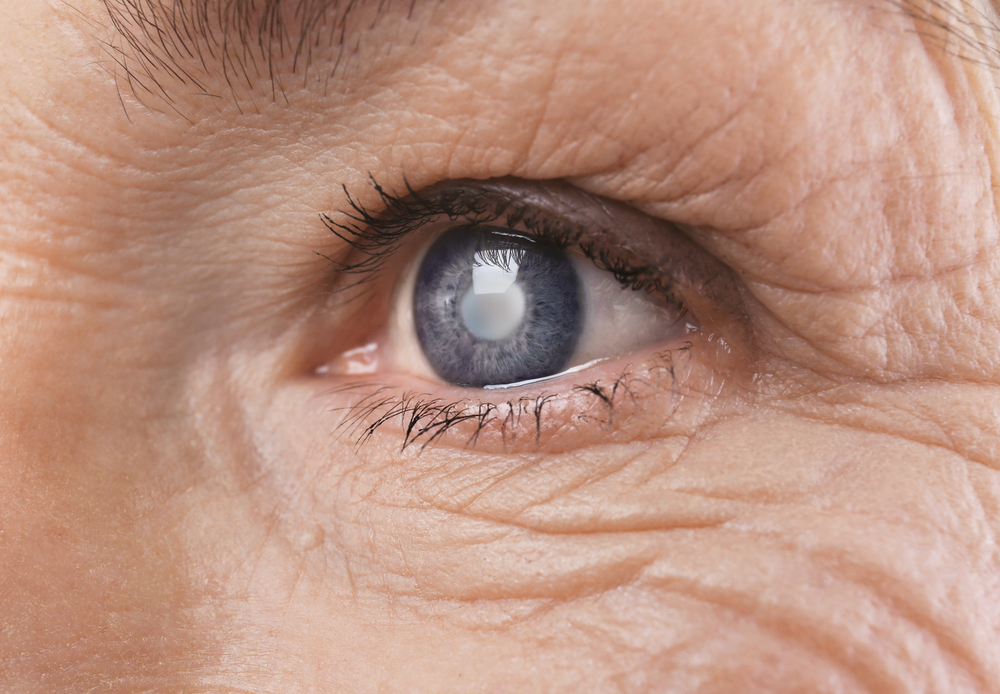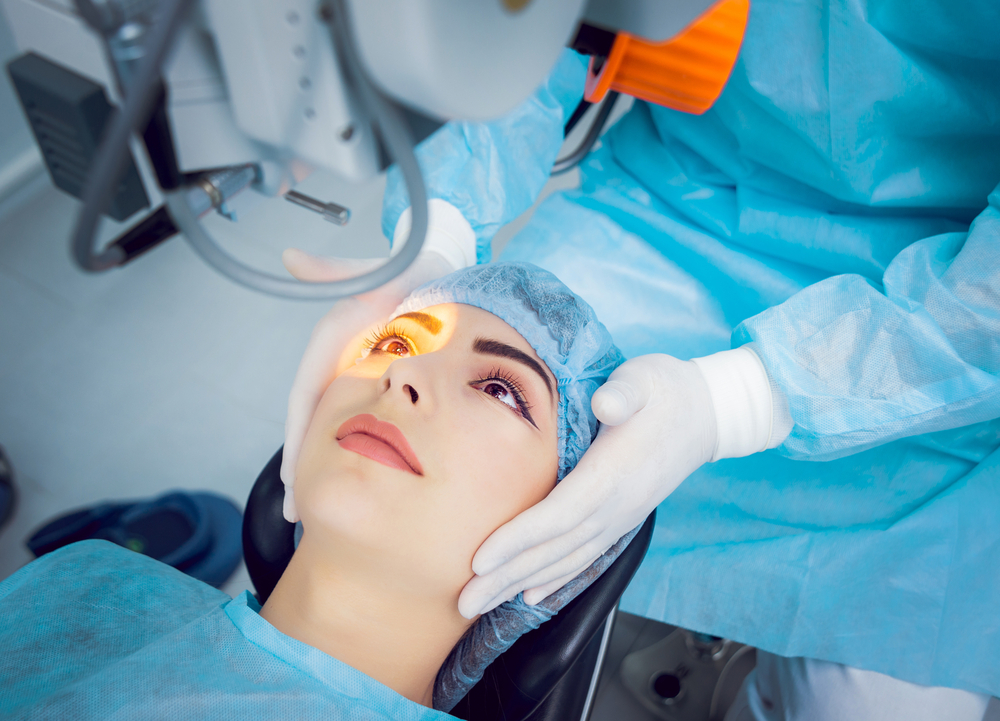Essential Insights into Cataracts and Their Surgical Treatment
Discover comprehensive facts about cataracts and their surgical treatment. Learn about symptoms, procedures, risks, and benefits to make informed decisions on eye health. Cataract surgery is a safe, effective, and common solution for restoring vision, with quick recovery and minimal complications. Understand when surgery is necessary and what to expect from the process to protect your eye health efficiently.

Essential Insights into Cataracts and Their Surgical Treatment
As people age beyond 40, the likelihood of developing eye conditions like cataracts increases significantly. Advances in medical technology have made cataract removal a routine procedure with high success rates.
Are you dealing with cataracts or considering surgery? Here are five crucial facts to understand about cataract treatment.
What is a cataract?
A cataract refers to the clouding of the eye’s natural lens, mainly caused by aging. This condition leads to vision impairment and cannot be reversed with glasses or contact lenses once it advances.
The symptoms associated with cataracts include blurred or hazy vision, double vision, difficulty seeing in dim light, and increased light sensitivity. You may find yourself needing brighter lighting for reading or tasks, and your contact lens prescription may require frequent adjustments.
Understanding cataract surgery
Cataract removal is among the most common surgeries in the United States. The procedure involves extracting the cloudy lens and replacing it with a synthetic intraocular lens. It is usually performed under local or topical anesthesia, often on an outpatient basis, allowing patients to leave shortly after the procedure unless complications arise.
Modern cataract surgeries predominantly utilize laser technology, although traditional ultrasonic methods are still in use for lens removal.
Possible risks and complications
While cataract surgery is generally safe, like all surgeries, it carries some risk. Potential complications include inflammation, swelling, drooping eyelids, dislocation of the intraocular lens, retinal detachment, and infections. Patients with other significant health issues may face a higher risk of complications.
Benefits of cataract surgery
If cataracts interfere with your daily activities, surgery offers a highly effective solution. This straightforward, mostly painless procedure promises improved vision and quick recovery. Despite rare complications, success rates are high, making it the preferred treatment for restoring clear eyesight.
Drawbacks of cataract surgery
The primary concern is the cost, which can be substantial. However, the procedure’s high success rate and minimal complications make it a worthwhile investment. Surgery is advisable only when cataracts significantly impair vision, with milder cases manageable through corrective glasses.










